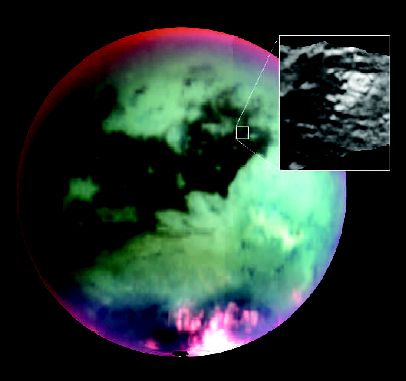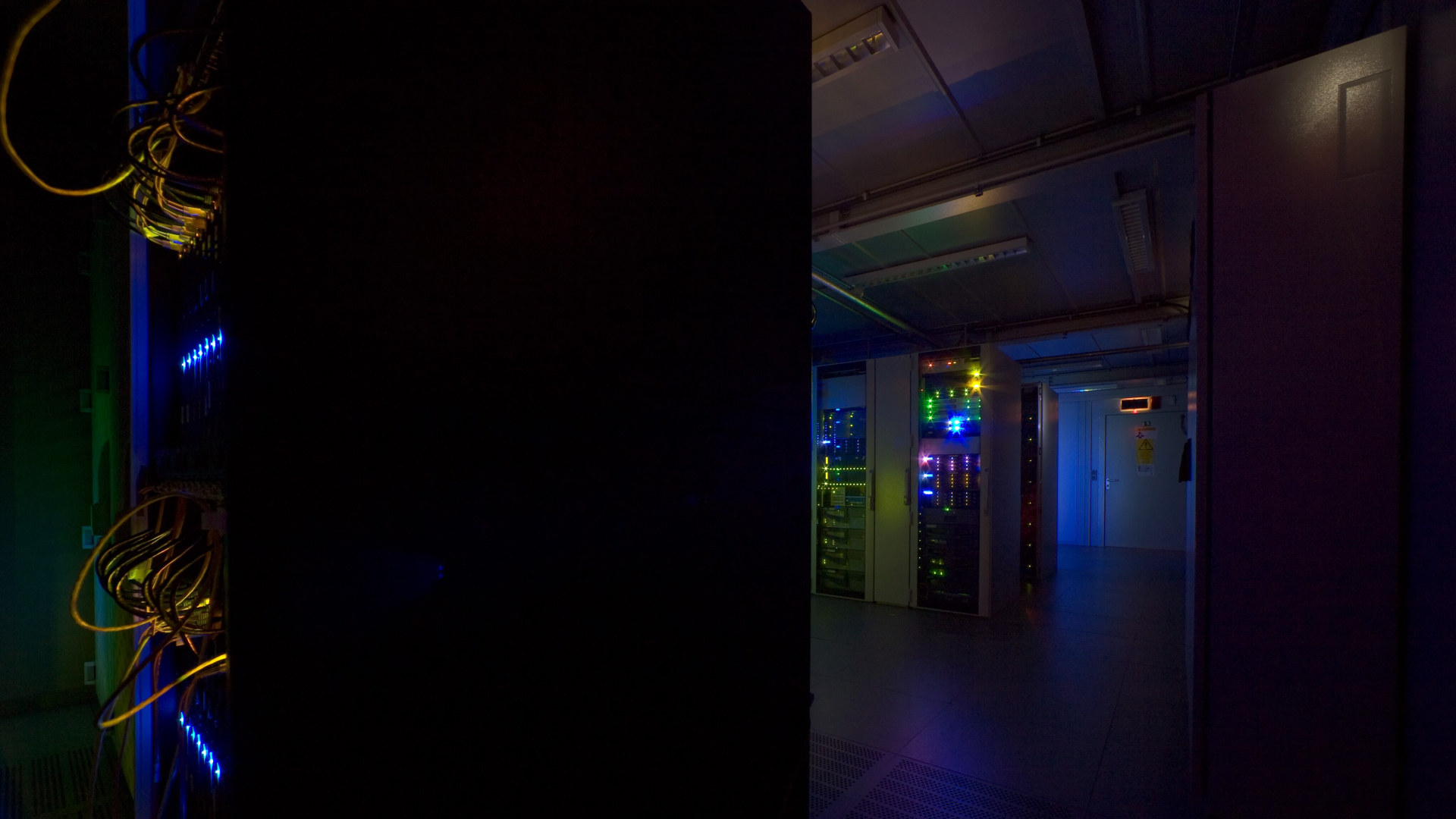Cassini Scans Titan for Subsurface Ocean, Methane Ice

The Cassini spacecraft studying Saturn and its satellites made the first of four planned Titan flybys Tuesday in a search for subsurface oceans.
The potential of a subsurfaceocean, possibly beneath a sheet of methane-rich ice, factors greatly forastronomers hoping to pin down how Titan replenishes the methane in itsatmosphere.
"Methane is only around for a shorttime geologically," said Gabriel Tobie, a researcher with the University ofNantes in France. "The timescale is somewhere between 10 and 100 millionyears."
In a study detailed in the March 2issue of the journal Nature, Tobie and his colleagues found that Titan'smethane is likely locked in ice covering an ocean of water and ammonia, Tobie toldSPACE.com.
Methane makes up about two percentof Titan's thick,predominantly nitrogen-rich atmosphere, and is apparently replenished overtime through outgassing since it is destroyed by sunlight, he added.
Methane hunt
BeforeEurope's Huygens probe landedon Titan last year, astronomers believed the moon's methane resided in a liquidhydrocarbon ocean. Huygens' imagesof the surface found no signs of an ocean, but did suggest that liquidmethane once etched gullies across Titan.
Breaking space news, the latest updates on rocket launches, skywatching events and more!
"Finding the subsurface ocean willnot give us direct evidence of the outgassing of methane," Tobie said, addingthat a subsurface ocean covered in methane-rich ice is predicted by his study."But it will help us put constraints on our model."
Models developed by Tobie and hiscolleagues suggest Titan's methane stemmed from three primary outgassing eventsduring the moon's 4.5-billion-year evolution.
The latest event occurred about 500million years ago due convection within its ice crust, according to the study.Convection in Titan's core also prompted a methane event about two billionyears ago, with the first outgassing occurring just after the moon formed, thestudy suggests.
Methane locked within ice on Titancould be freed by a cryovolcanic - or ice volcano - event, such as thatsuggested in a 2005study, Tobie said.
Data from the Cassini orbiter's future Titan flybys, redoubled modeling efforts, and comparison between the twowill be vital for astronomers studying the moon's thick atmosphere.
Shape shifting Titan
Cassini is using radio waves to makedetailed measurements of the moon's gravitational field, which astronomers hopewill help identify whether Titan sports an internal ocean covered in crust ofice.
Arvydas Kliore,team lead for Cassini's Radio Science Experiment,told SPACE.com that scientists areuse slight differences in the probe's radio signals to Earth to make precisemeasurements of Titan's shape and gravitational field. The measurements aretaken at different points in Titan's orbit around Saturn - from its mostdistant to its closest - to see how much the moon's shape flexes over time, headded.
"The shape would change more [with asubsurface ocean] than if it's just a solid body," Klioresaid of Titan.
Cassini took its first two gravityreadings during the Titan flyby, the 11th of the mission, which ended onFeb. 28. Additional measurements will be collected during Cassini's22nd, 33rd and 38th Titan flybys - the last ofwhich is set for 2008 - to round out the experiment, Klioresaid.
- Unmasking Titan: Volcano Spotted on Saturn's Smoggy Moon
- Titan's Methane Not Produced by Life, Scientists Say
- SPACE.com Special Report: Cassini-Huygens at Saturn and Titan

Tariq is the award-winning Editor-in-Chief of Space.com and joined the team in 2001. He covers human spaceflight, as well as skywatching and entertainment. He became Space.com's Editor-in-Chief in 2019. Before joining Space.com, Tariq was a staff reporter for The Los Angeles Times covering education and city beats in La Habra, Fullerton and Huntington Beach. He's a recipient of the 2022 Harry Kolcum Award for excellence in space reporting and the 2025 Space Pioneer Award from the National Space Society. He is an Eagle Scout and Space Camp alum with journalism degrees from the USC and NYU. You can find Tariq at Space.com and as the co-host to the This Week In Space podcast on the TWiT network. To see his latest project, you can follow Tariq on Twitter @tariqjmalik.
